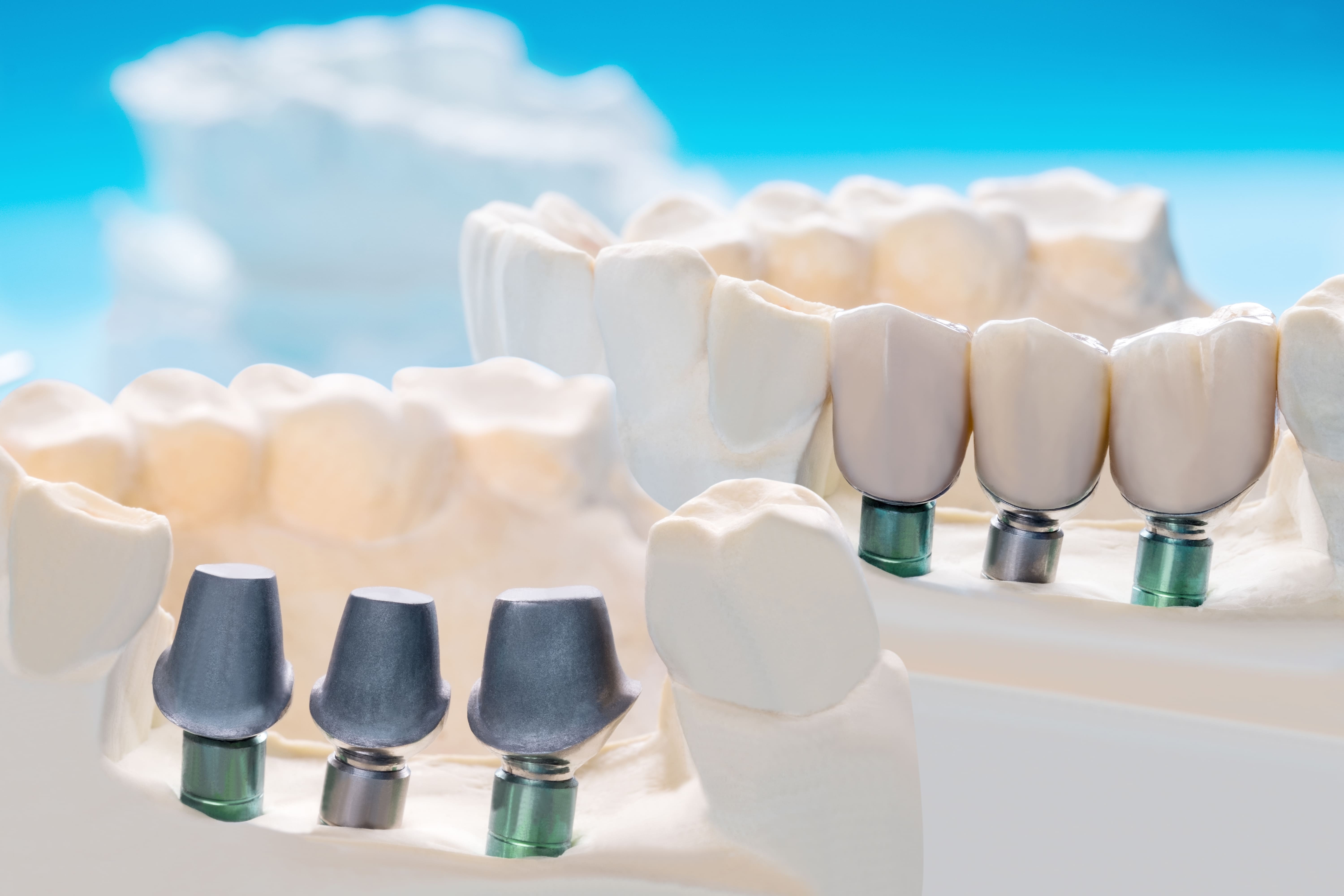A dental bridge permanently replaces missing teeth with false teeth. The bridge is attached to the teeth on either side of the gap. Bridges are usually made of porcelain or metal, a mixture of the 2, or zirconia. They are fixed in place and, for some people, are an alternative to dentures.
What happens during a dental bridge procedure?
First, the dentist will examine the mouth and ensure any tooth decay or gum disease is treated. They may take an x-ray and use equipment to take measurements of the teeth and mouth.
To prepare for a dental bridge, the dentist will usually file down the 2 healthy teeth on either side of the gap. They will then take a mould to make the bridge.
You might be given a temporary bridge while waiting for your permanent bridge to be ready. If so, that is taken out once your permanent bridge has been prepared.
The permanent bridge is put in place when ready, and usually attached to the surrounding healthy teeth with dental cement. Or the dentist might anchor the bridge with a dental implant, which is surgically placed in the jaw. The dentist will need to check if dental implants are suitable for you.


